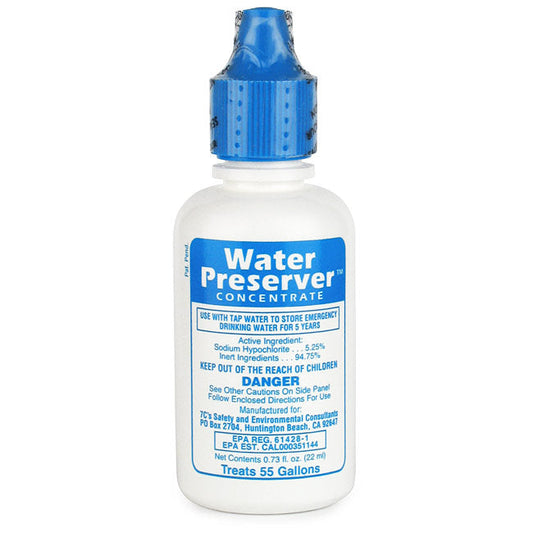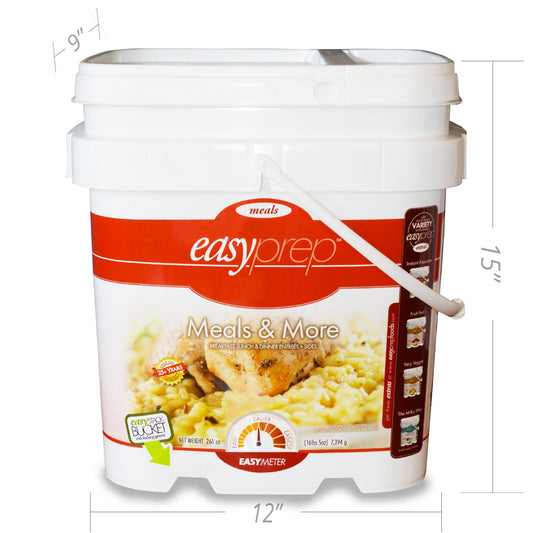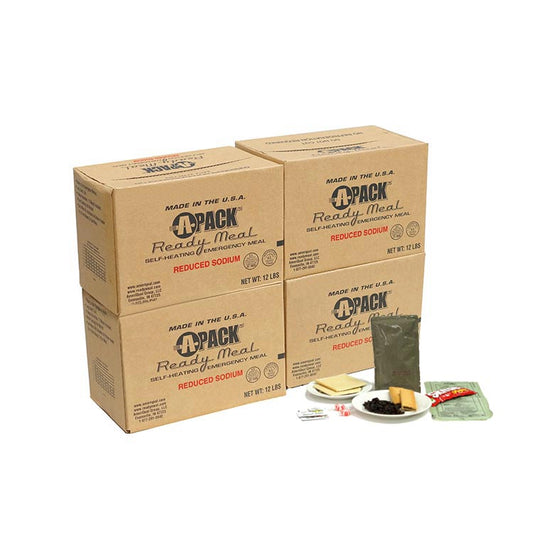How to Survive in the Forest
Forests are beautiful, serene landscapes, which is one of the reason millions of Americans choose them as vacation spots every year. They offer great terrain for camping and enjoying all of the beauty natural wilderness has to offer. But forests can also be dangerous places, and if you are not prepared for how to survive in a forest for extended periods of time, you could find yourself quickly in serious trouble if you become lost or separated from your group. The key to forest survival is knowing how to read signs in the terrain to glean information about your surroundings. It’s imperative to know what steps to take in order to maximize your resources and survive until you can reorient yourself or until help arrives.
Stop & Think
First, when you realize you are lost and potentially in a survival situation, stop and think. In every survival situation, one of the most important actions you can take is to remain calm and aware.  As best you can, you should attempt to retrace your steps – but be careful not to waste time following false leads or walking in circles.
As best you can, you should attempt to retrace your steps – but be careful not to waste time following false leads or walking in circles.
Orient Yourself
Whenever possible, orient yourself on landmarks such as mountain ranges in order to get your bearings. During the day, you can use the stick and shadow method to orient yourself on the cardinal directions. Find a sunny, relatively flat clearing, and drive a stick into the ground. Mark the end of the stick’s shadow with a rock. Wait fifteen minutes or so until the shadow has moved several inches. Mark the end of the shadow again. Repeat this process several times until you have a straight line. Because the sun moves from East to West through the sky, the line will also follow this route. The first mark will be point to the west, and the last will point east.
Finding Water
Water will be extremely important to your survival. Springs are the best source of clean water, followed by fast-moving streams and rivers. Hopefully you will have water purification tablets in your survival gear, but if not, you’ll have to sterilize the water by boiling it. Dew is an excellent source of safe water, but it is difficult to gather effectively. Collecting rainwater is the safest and most efficient way of accessing clean water, although this leaves you dependent on the weather. If you are in an alpine area, snow can be an excellent source of water, but you will have to make sure it is completely melted so it does not lower your core temperature when you drink it.
Starting Fire
Starting a fire will be key to boiling water and keeping yourself warm at night. Gather plenty of firewood – there should be plenty of dead branches and organic detritus for kindling available in a forest. Make sure you aren’t gathering green or damp wood, which will create a smoky, low-temperature fire. Hopefully you will be prepared with a quality fire starter in your gear, but if not, you’ll have to start your fire with a bow and stick method. This is time consuming and difficult, however, so it’s a good practice to make sure you at least have a box of strike-anywhere matches on your person at all times.
Find Shelter
Finding shelter will also be critical to your survival if you are surviving in the woods for more than a day. In a forest environment, you may be able to find shelter in natural landscape features such as caves, hollows, or overhangs. Large enough trees can also provide shelter and get you up off the ground for the night, making you slightly less vulnerable to some predators. And you can also construct your own shelter if none is readily available.
Finding Food
You’ll need to find sources of food to keep your energy up, especially if you will be stranded for several days or weeks. If you are near a body of water, fishing can be an excellent source of protein. In dire circumstances, insects and arthropods are also protein-rich food sources that can help keep you alive. Be on the lookout for birds’ nests, especially during the spring, when they will be most likely to contain eggs or young. Familiarize yourself with edible plants. Ultimately, your chances of survival in any environment, including the forest, depend on your skill level, knowledge of the environment and terrain, and the quality of your survival gear. If you are outfitted with a complete first aid kit, water purification tablets, tools, food rations and portable shelter, you can survive much longer in a forest environment.










